The Three Reasons Animal-Free Fashion Isn’t Enough
If we care about animals, their wellbeing, protection and liberation, the least that we can do is not wear them. However, if we want to support total ethics fashion, which is fashion that protects all animals, whether human or non-human, as well as the planet, we need to do more.
 Total ethics fashion. Credit: Collective Fashion Justice
Total ethics fashion. Credit: Collective Fashion Justice
All animal-derived materials come from slaughter industries which exploit, often mutilate, and kill individuals who are considered to be commodities, objects. Once we understand this, it logically follows that if we care about animals, we should not wear the materials that are produced in these deeply harmful systems, from their bodies.
Despite a common misconception, though, by choosing animal-free fashion we aren't actually choosing cruelty-free, or totally harm free fashion.
There are three main reasons that this is the case, and why we need to look beyond animal-free fashion, and to a fashion system that values all life, before profit.

1. Not all alternatives to animal-derived materials are sustainable
It's true, animal-derived materials are the most unsustainable to produce of all. Yep, even compared to synthetics. However, this doesn't mean that all animal-free materials are sustainable.
This might seem somewhat counterintuitive, but it's important to remember that 'more sustainable' doesn't actually mean 'sustainable'. For example, acrylic has a far reduced carbon footprint as compared to wool, and it also has a smaller impact when considering eutrophication, water scarcity, and deforestation risks. However, acrylic knitwear isn't biodegradable, comes from a supply chain tied up with the fossil fuel industry, and sheds micro-plastics into the ocean. Acrylic knitwear is more sustainable than wool knitwear when it comes to production, but it's not sustainable. If we had to choose between the two, we know what we'd pick, but ideally, we'd pick something else!
This is something we need to keep in mind as much as possible when shopping. We absolutely should be avoiding animal-derived materials, but we need to think just as critically about other materials, too. Why choose PVC as a leather alternative, if we could choose vegan leather partially derived from apples, OEKO-TEX certified materials, or a material like Piñatex?
Choosing the most environmentally sustainable materials that we are able to is important for every living being on the planet. Today, we are living through the sixth recorded mass extinction period, in which species are becoming extinct at a rate significantly faster than any other that's been recorded over the past millions of years up until now. If we don't learn to live in greater alignment with this planet, we will make it uninhabitable for many more species, including ourselves.
Protecting the planet protects animals, including us.

2. Humans are animals too, but vegan fashion often harms marginalised people
If we want to protect animals through our fashion purchases, that should mean protecting people, too. We often like to forget it, but we are all members of the species homo sapien, no more or less animal than any other species group, whether it be ovis aries (sheep), bos taurus (cows), or loxodonta (elephants).
When we remember that we are animals, not only can it make it easier for us to empathise with and respect our fellow animals, it can help those of us passionate about animal rights to consider human rights more seriously.
When we talk about 'human rights', we might not always realise that our purchases can impede on these. Yet, many of the people who sew our clothes, accessories and shoes – largely women of colour from the global south – are consistently denied human rights. In this way, much of the fashion industry is built upon the denial of human rights, as well as racism, sexism and classism.
For example, did you know that only 2% of garment workers around the world are paid a living wage that covers their basic, fundamental needs and rights like food, clean water, shelter and medical care? What's more, did you know that many of these garment working women are subject to exploitation, unsafe working conditions, sexual harassment and even violence?
If we are to protect all animals, we need to seek out clothing, accessories and shoes that are made ethically, by people who are paid a fair, living wage to work in safe conditions.

3. Animal-free fashion can still be fast fashion
For everyone's sake – non-human and human animals, as well as the planet – our fashion system desperately needs to slow down. And we need to care for the fashion items that already fill our wardrobes and closets.
Today, we consume 400% more clothing than we did just two decades ago. The equivalent of a garbage truck full of clothing and textiles is sent to landfill every second around the world. Planned obsolescence in fashion is common, and this deeply wasteful, unsustainable system is built upon exploitation and harm.
Even if a garment, accessory or shoe is made free from animals, and even if it is made more ethically when considering labour rights, it's still not best for the planet or anyone living on it, if it is mass produced.
Today, there are about 52 micro-seasons in the fashion calendar, meaning a constant churning out of new things to wear – or to head straight to landfill – and very little care.
If we can't transform the fast fashion industry to one which is slow and considered, we will continue to cause immense harm and destruction.
It's best to choose vegan, ethically made brands that use more sustainable materials, and that only produce mindful, small collections.

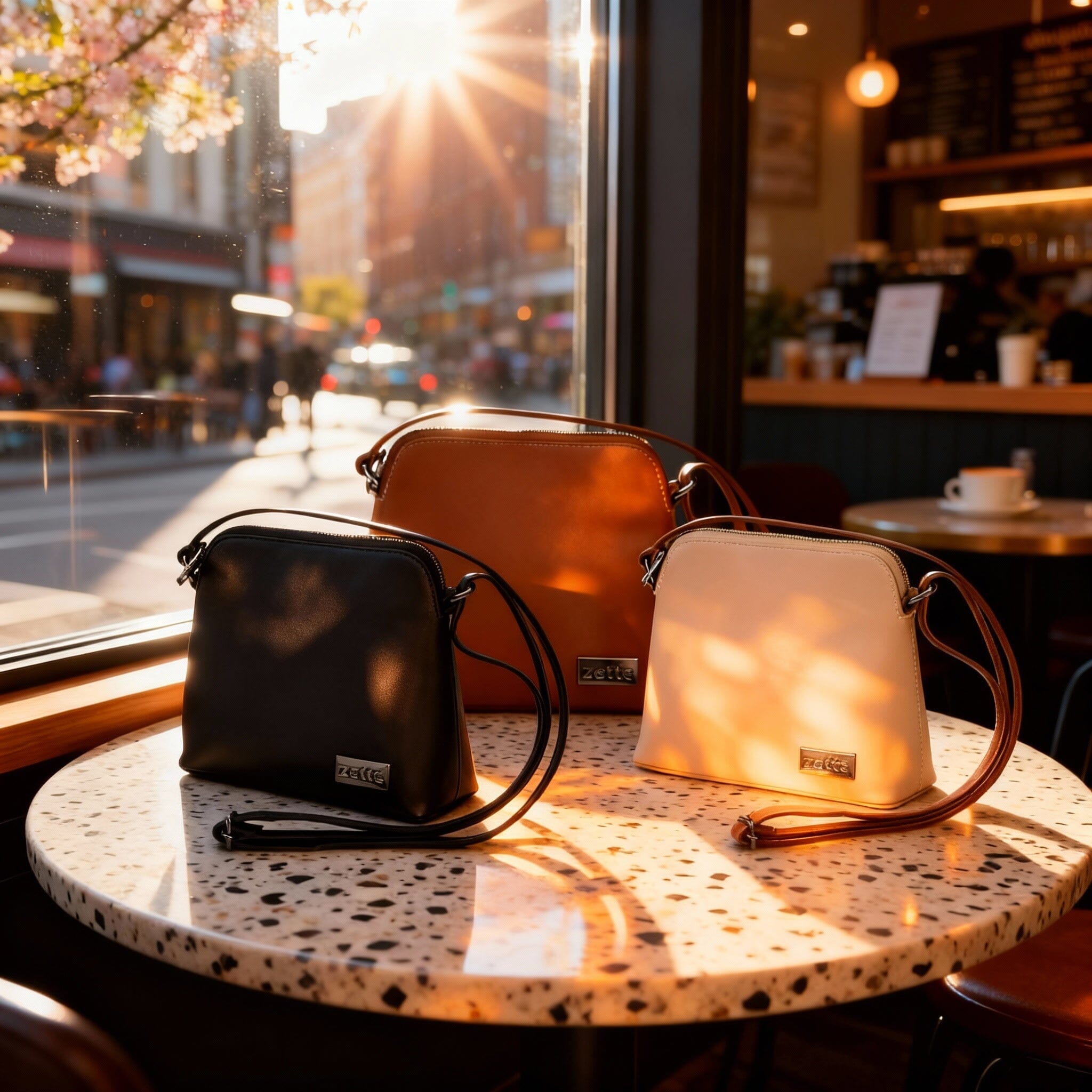
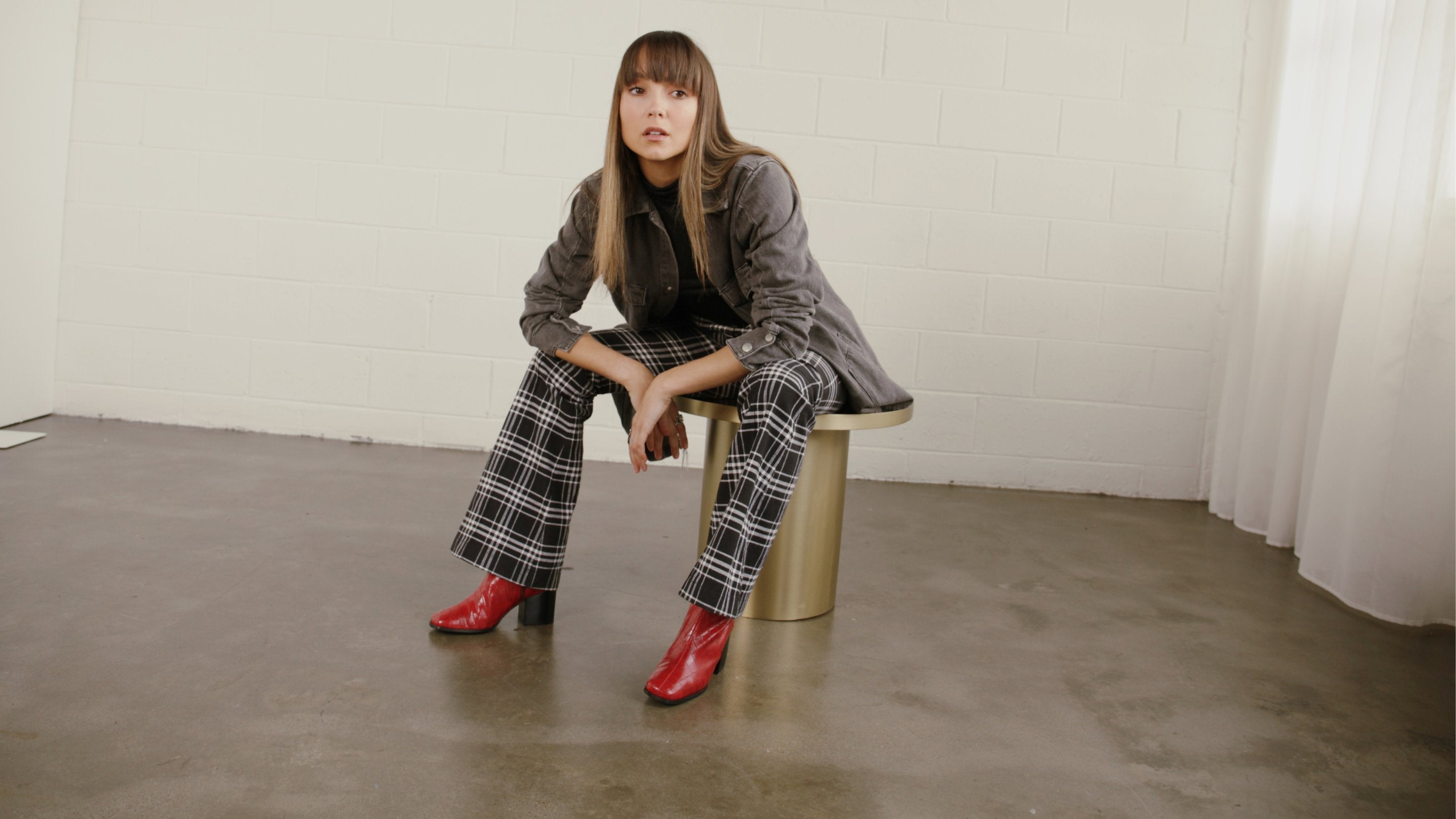

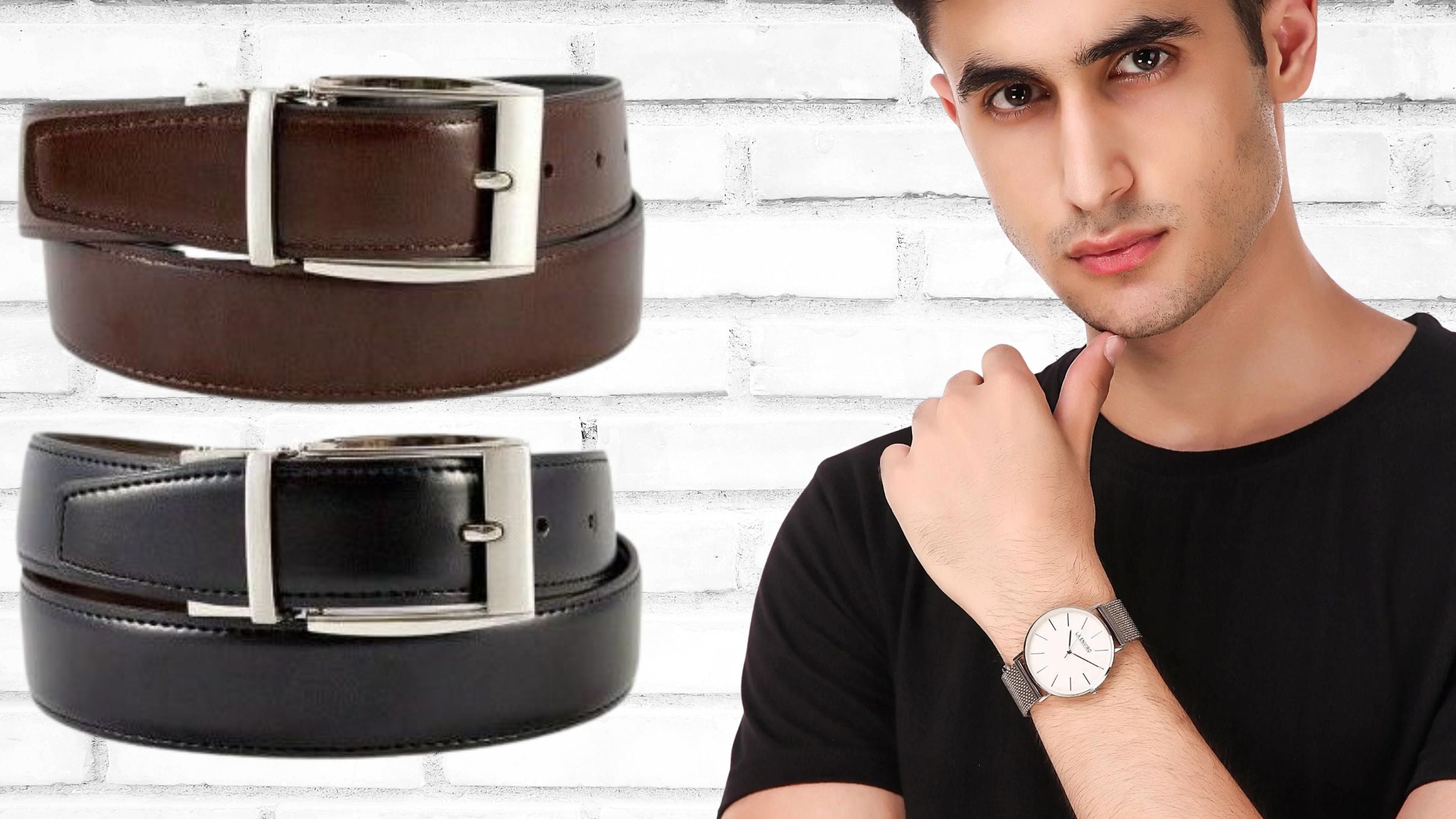
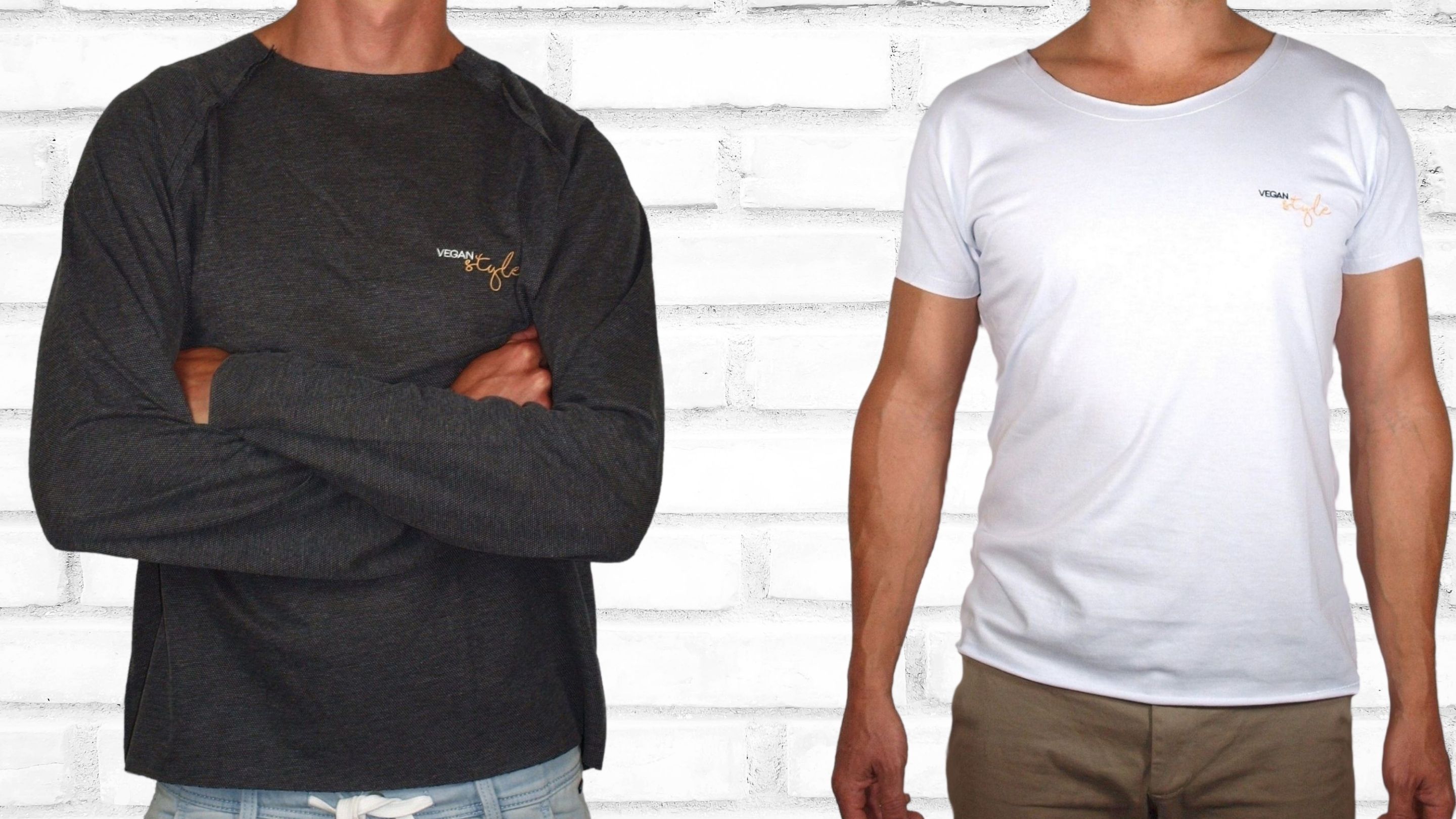
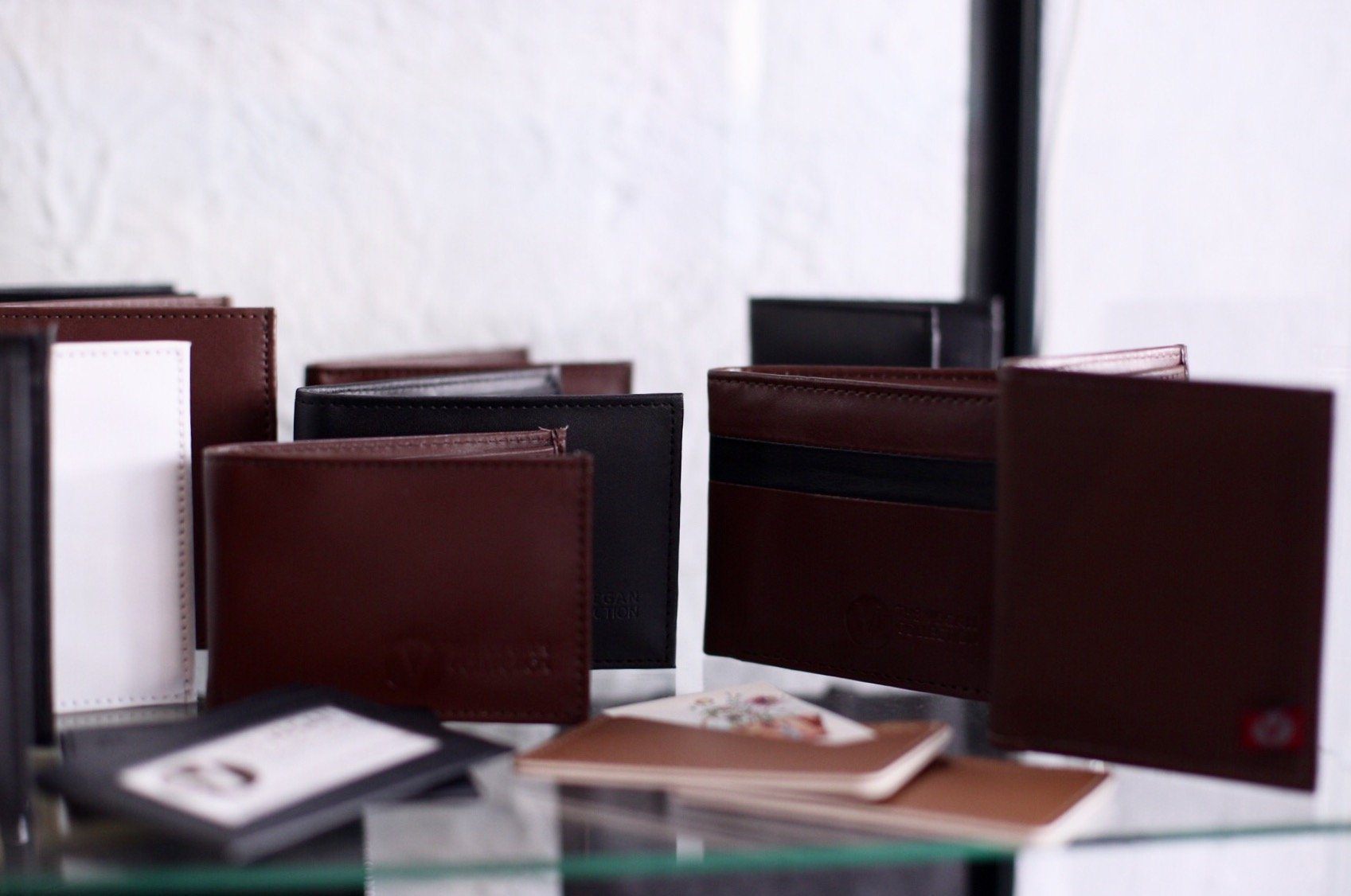
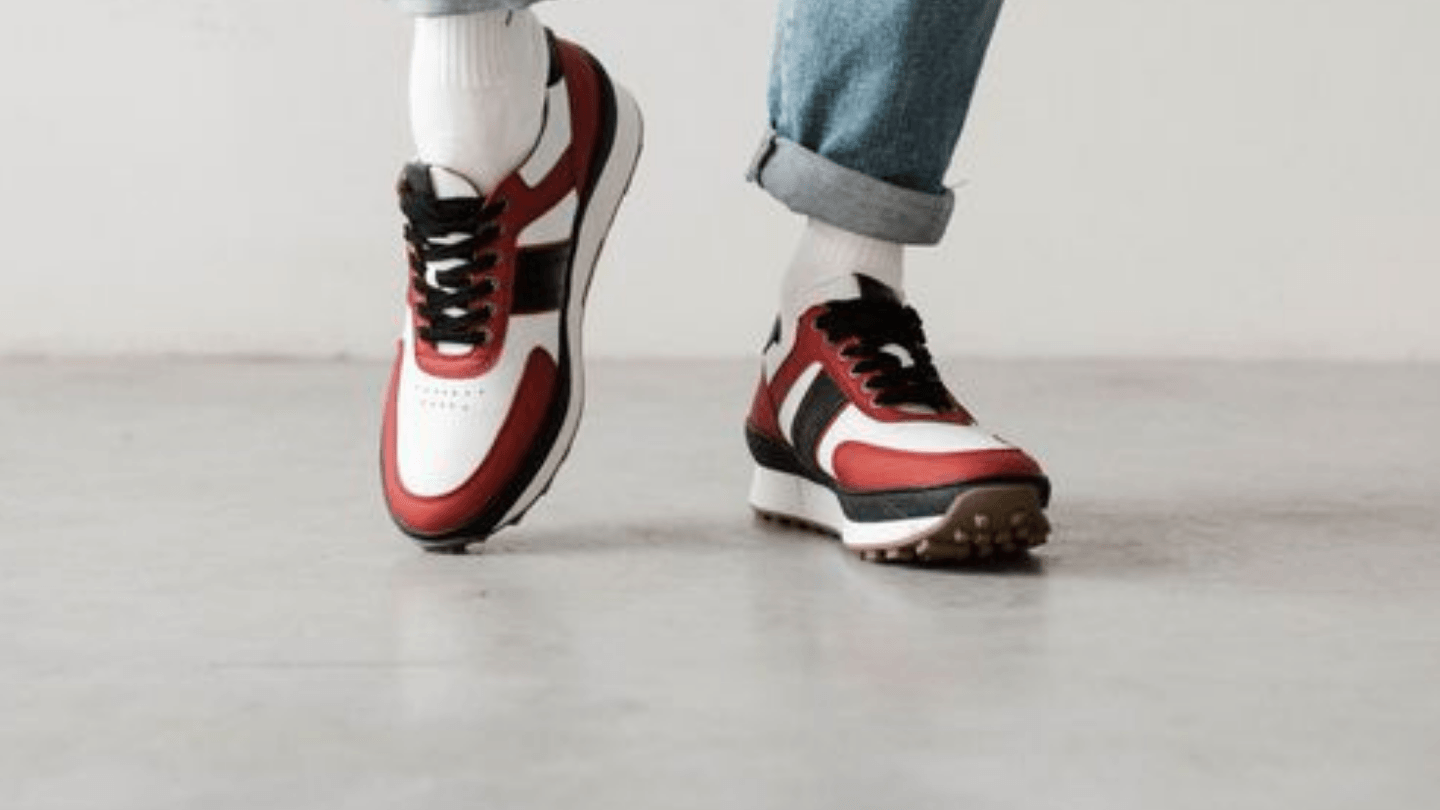
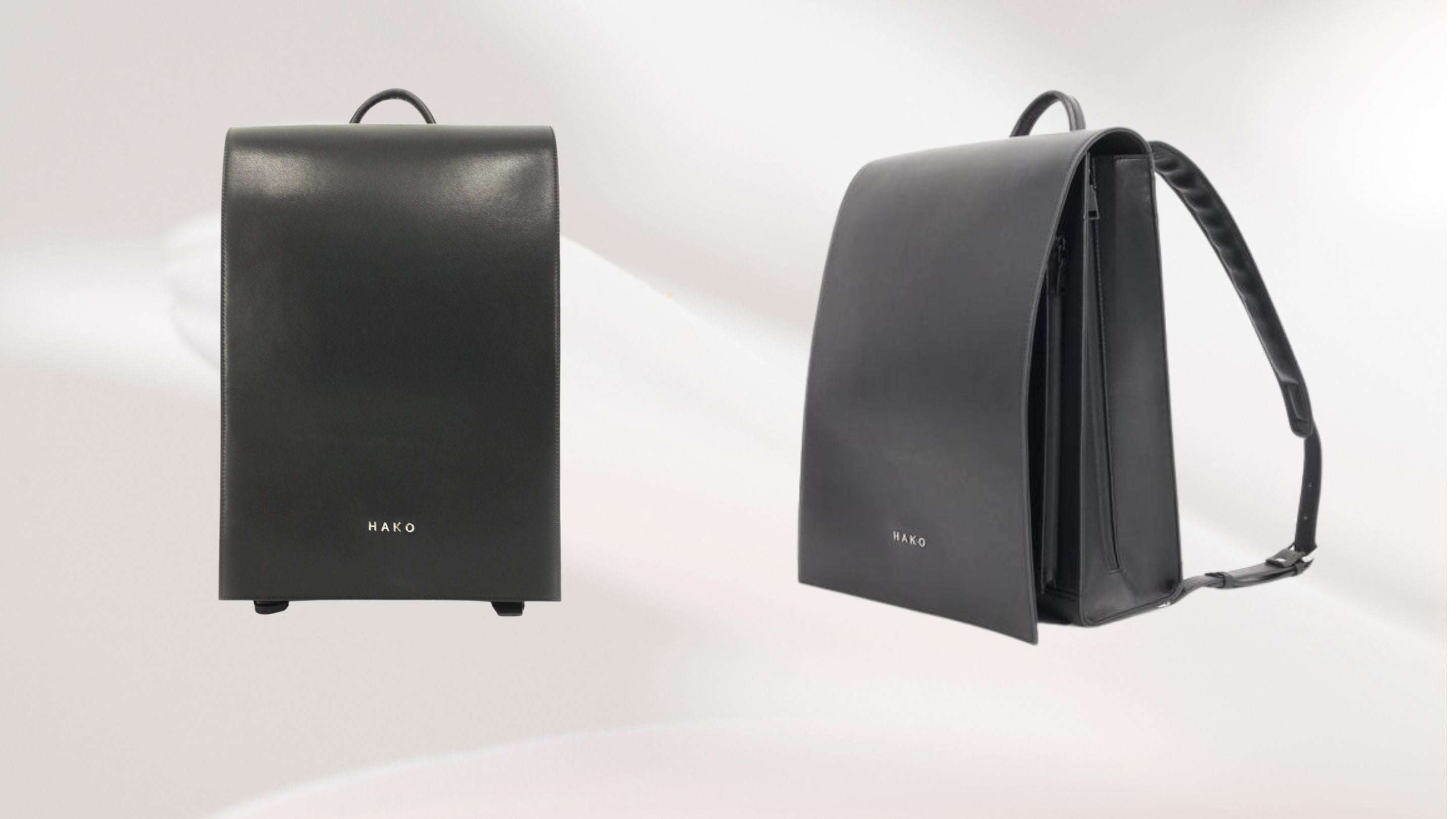
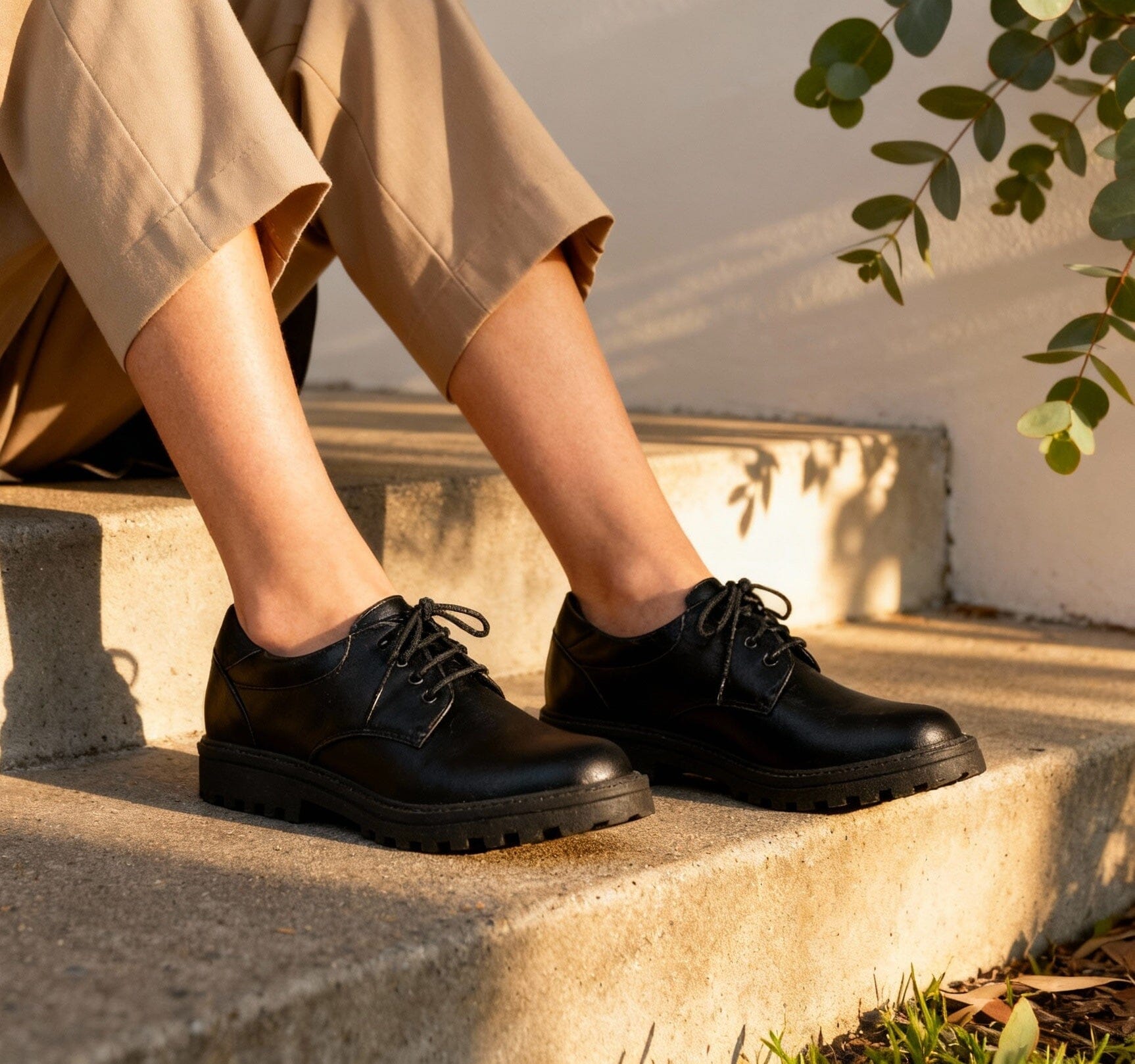




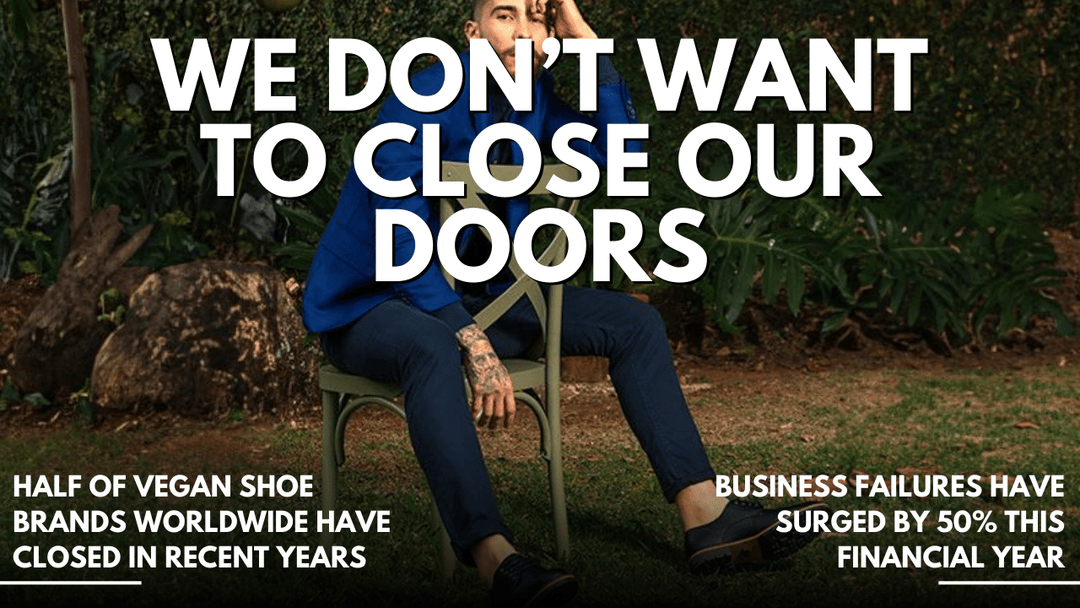

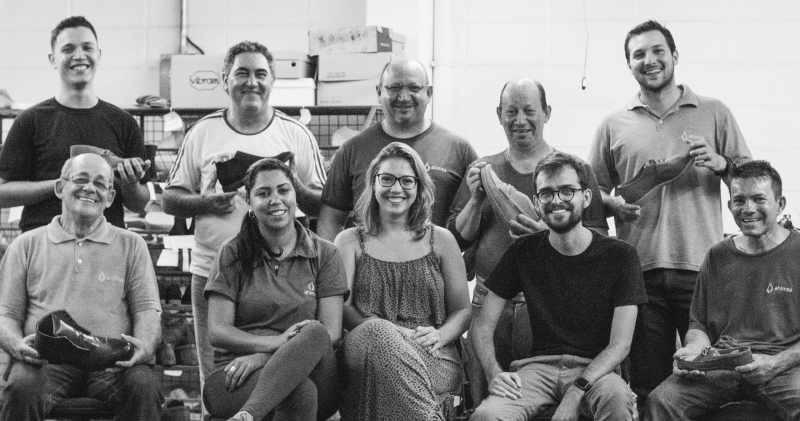

Leave a comment